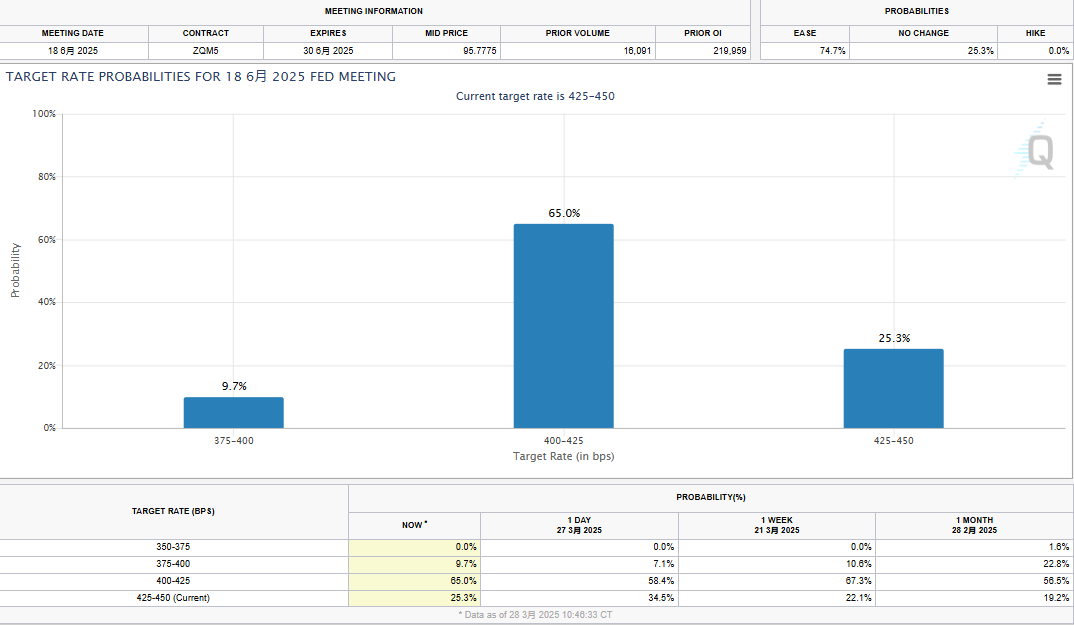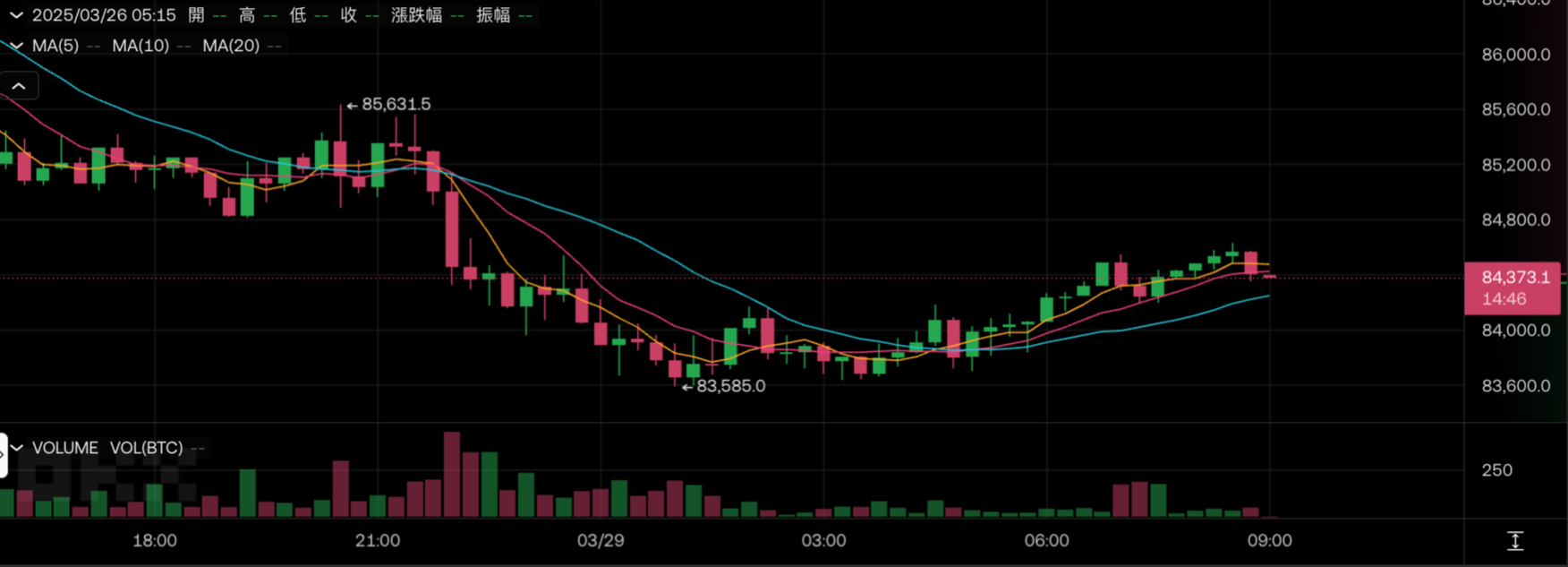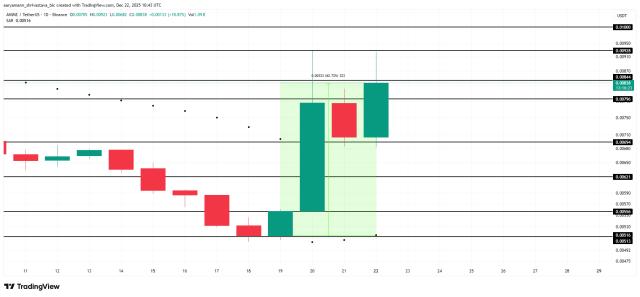The U.S. Bureau of Economic Analysis (BEA) released the latest data late yesterday (28th), showing that the U.S. February Personal Consumption Expenditures (PCE) Price Index performed strongly, reflecting ongoing inflationary pressures. Specifically:
- The February PCE Price Index rose 0.3% month-on-month and 2.5% year-on-year; the core PCE Price Index (excluding food and energy price fluctuations) increased 0.4% month-on-month and 2.8% year-on-year.
- Notably, the core PCE year-on-year rate of 2.8%, which is favored by the Federal Reserve (Fed), is higher than the market's expected 2.7%, reaching a new high since December 2024, and the month-on-month rate of 0.4% is also higher than the expected 0.3%, the highest since January 2024.
- Additionally, the University of Michigan's latest report on Friday showed that the U.S. Consumer Confidence Index fell to a new low in over two years, with long-term inflation expectations rising to a 32-year high.
Analysts: PCE Data May Force Fed to Modify Rate Cut Plan
The U.S. February PCE data indicates that inflationary pressures have not eased, with the unexpected rise in core PCE being particularly concerning. Market analyst @Phyrex_Ni points out that under the influence of factors such as tariff policies, inflation is unlikely to subside in the short term, which may force the Fed to reassess its rate cut plan. Although the Fed predicted two rate cuts in 2025 at the March FOMC meeting, the strong performance of this data may delay the timing of rate cuts or even reduce the number of cuts, casting a shadow over the policy outlook.
FedWatch: Rate Cut Probability Increases to 65% in June
However, according to the latest data from the CME Group's FedWatch tool, the market currently expects the Fed to maintain the current rate unchanged in May. But for June, after the PCE data was released, the market believes the probability of a rate cut increased from 58.4% the previous day to 65%, while the probability of maintaining the current rate dropped from 34.5% to 25.3%.

US Stocks Plummet
After the PCE data was released, the U.S. stock market reaction showed investors' concerns about the potential delay in rate cuts due to unexpected inflation, coupled with the Trump administration's upcoming equivalent tariff plan on April 2nd, and the sharp drop in consumer confidence index. Last night, all four major U.S. stock indices closed in the red:
- Dow Jones Industrial Average fell 715.8 points, or 1.69%, closing at 41,583.9 points.
- Nasdaq Composite dropped 481.04 points, or 2.7%, closing at 17,322.99 points.
- S&P 500 Index declined 112.37 points, or 1.97%, closing at 5,580.94 points.
- Philadelphia Semiconductor Index fell 130.35 points, or 2.95%, closing at 4,284.91 points.
Bitcoin Barely Holds at $84,000
The cryptocurrency market was also affected by the PCE data. Bitcoin had been continuously declining since yesterday afternoon and faced additional selling pressure after the PCE report, dropping to a low of $83,585. However, at the time of writing, the price has somewhat recovered, temporarily reporting at $84,373, with a nearly 24-hour decline of 3.38%.








